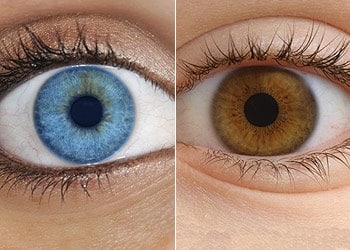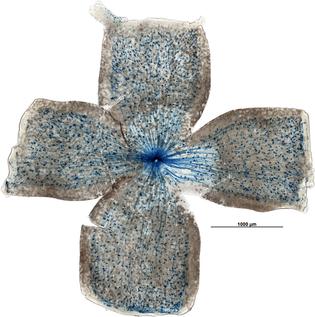Eyes, a New Receptor Cell Found in Human Colour Vision

Scientists studying the response of specific mice with retinal diseases to a light/dark cycle. The mice were blind – they had no rods and cones cells left, but their body clocks were working okay. This lead to the discovery of a previously unknown light receptor cell in the eye: containing a protein called melanopsin. Found in these intrinsically photosensitive retinal ganglion cells ipRGCs which are a type of nerve cell containing melanopsin.

The ipRGC cells are particularly sensitive to blue light and this affects the suprachiasmatic nucleus (SCN), also known as the central “body clock“ in the brain. The response from these ipRGCs, and their effect on the SCN, governs everything from pupil size, to circadian rhythm, levels of arousal and attention (The protein Melanopsin is coded for by Opn4 genes, found on chromosome ten). For good sleep it is recommended that we stay away from TV’s and other screens for a few hours before we plan to sleep. This is based on the fact that most display screens emit a high proportion of blue light and so this can affect our body clocks and hence disturb proper sleep patterns.
